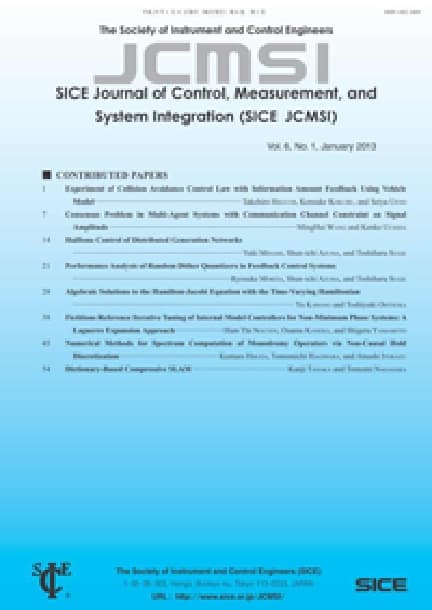Solving Bilevel Programming Problems Using a Neural Network Approach and Its Application to Power System Environment
Shamshul Bahar YAAKOB, Junzo WATADA
pp. 387-393
DOI:
10.9746/jcmsi.4.387Abstract
In this paper, a hybrid neural network approach to solve mixed integer quadratic bilevel programming problems is proposed. Bilevel programming problems arise when one optimization problem, the upper problem, is constrained by another optimization, the lower problem. The mixed integer quadratic bilevel programming problem is transformed into a double-layered neural network. The combination of a genetic algorithm (GA) and a meta-controlled Boltzmann machine (BM) enables us to formulate a hybrid neural network approach to solving bilevel programming problems. The GA is used to generate the feasible partial solutions of the upper level and to provide the parameters for the lower level. The meta-controlled BM is employed to cope with the lower level problem. The lower level solution is transmitted to the upper level. This procedure enables us to obtain the whole upper level solution. The iterative processes can converge on the complete solution of this problem to generate an optimal one. The proposed method leads the mixed integer quadratic bilevel programming problem to a global optimal solution. Finally, a numerical example is used to illustrate the application of the method in a power system environment, which shows that the algorithm is feasible and advantageous.









